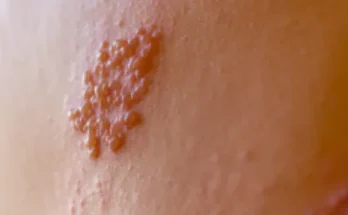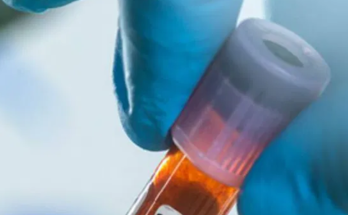Itchy, flaky skin between the toes is often a result of a fungal infection known as athlete’s foot, medically termed tinea pedis. This condition thrives in warm, moist environments, making the area between the toes an ideal breeding ground. Other potential causes include eczema, contact dermatitis, or psoriasis, which can also lead to similar symptoms.
These conditions may be triggered by allergens, irritants, or genetic predispositions. Understanding the underlying cause is crucial for effective treatment, but in the absence of a quick dermatologist appointment, addressing common causes like athlete’s foot can provide relief.
Recognizing the Symptoms of Athlete’s Foot
Athlete’s foot typically presents with a variety of symptoms, including itching, burning, and stinging sensations between the toes. The skin may appear red, flaky, or scaly, and in some cases, blisters or ulcers may develop. The infection can spread to the soles of the feet or even the toenails if left untreated. A characteristic sign is the peeling or cracking of the skin, which can be painful and lead to secondary bacterial infections. Recognizing these symptoms early can help in managing the condition effectively at home.
Home Remedies to Soothe Itchy, Flaky Skin
Several home remedies can provide relief from the discomfort of itchy, flaky skin between the toes. Soaking the feet in a solution of warm water and Epsom salt can help reduce inflammation and kill fungi. Applying tea tree oil, known for its antifungal properties, can also be beneficial. Ensure the feet are thoroughly dried after washing, as moisture can exacerbate the condition. Wearing breathable, moisture-wicking socks and shoes can help keep the feet dry. Additionally, using a mixture of baking soda and water as a paste can help neutralize odors and reduce itching.
Over-the-Counter Treatments for Athlete’s Foot
There are several over-the-counter antifungal creams, sprays, and powders available that can effectively treat athlete’s foot. Products containing clotrimazole, miconazole, or terbinafine are commonly recommended. These treatments should be applied to the affected area as directed, usually twice a day, and continued for at least a week after symptoms have subsided to prevent recurrence. It’s important to follow the instructions carefully and maintain good foot hygiene during the treatment period.
Preventive Measures to Avoid Recurrence
Preventing the recurrence of itchy, flaky skin between the toes involves maintaining good foot hygiene. Keep feet clean and dry, especially between the toes. Change socks daily and opt for materials that wick moisture away from the skin. Avoid walking barefoot in public areas like locker rooms or swimming pools, and ensure shoes are well-ventilated. Regularly disinfect shoes and use antifungal powders if prone to infections. These measures can significantly reduce the risk of future fungal infections.
When to Seek Professional Medical Advice
While home remedies and over-the-counter treatments can be effective, it’s important to seek professional medical advice if symptoms persist or worsen. If the affected area becomes swollen, excessively painful, or shows signs of a secondary bacterial infection, such as pus or increased redness, consult a healthcare provider. Individuals with diabetes or compromised immune systems should seek medical attention promptly, as they are at higher risk for complications.
Conclusion: Managing Symptoms Until You See a Dermatologist
Managing itchy, flaky skin between the toes involves a combination of home care, over-the-counter treatments, and preventive measures. While waiting for a dermatologist appointment, these strategies can provide relief and prevent the condition from worsening. Understanding the potential causes and symptoms is key to effective management. However, if symptoms persist, professional medical advice is essential to ensure proper diagnosis and treatment.


